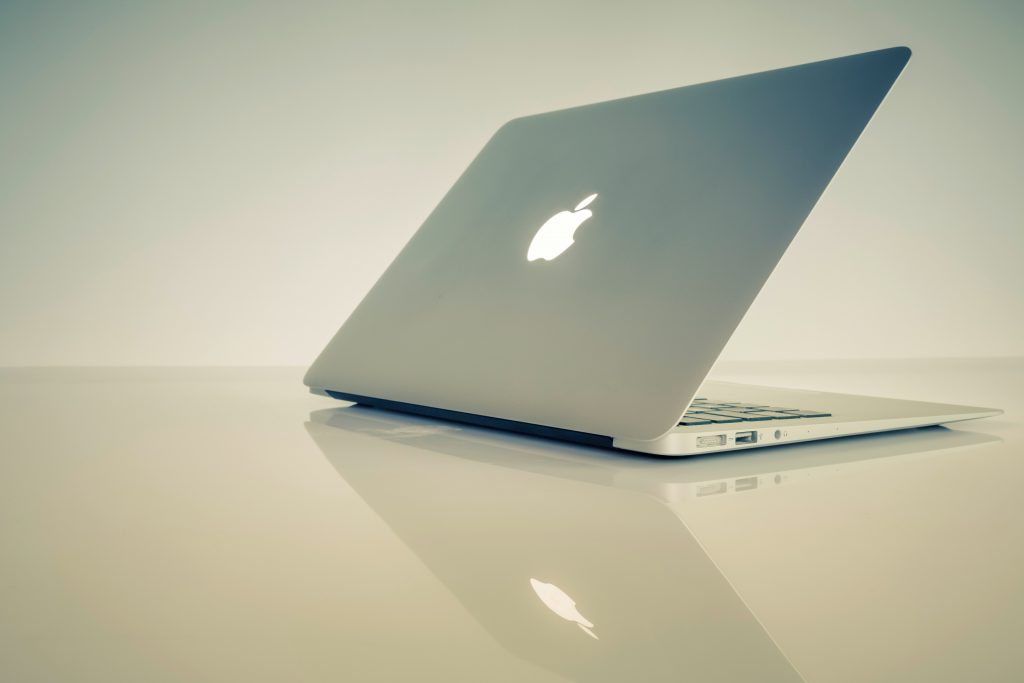Apple’s $1 trillion market cap is nothing but a number
For experts, this market cap doesn’t mean much
Advertisement
For experts, this market cap doesn’t mean much

READ: The cost of staying loyal to AppleOut of all the information investors use to evaluate a company, market cap is probably the least significant. It’s just a basic mathematical calculation—outstanding shares multiplied by stock price. It’s an indication of size, rather than a statement on the true value of the business. If you looked at that number alone, you’d learn that the company’s stock price is higher today than it was a year ago. Indeed, it has climbed by 34% year-over-year.
MORE: Do markets care about uncertainty?In Apple’s case, its stock price continues to rise because it’s still making massive amounts of money. It brought in $53.3 billion in revenues in the third quarter, up 17% from a year earlier, while earnings per share were up 40% year-over-year. One area of concern may be that iPhone sales are basically flat, but because people are ponying up more for the iPhone X, revenue per user climbed. It’s price-to-earnings ratio, the most popular measure of a company’s value, is at 16 times forward earnings, which, says Bob Sewell, president and CEO of Bellwether Investment Management, is “not cheap, but it’s not that expensive either.
READ: Why beating the stock market is a fruitless gameIt means even less with a company like Amazon, he says. Despite being in business since 1994, its retail operations have never turned a profit, while its forward PE ratio is a whopping 75 times earnings. Yet, its shares continue to climb, up 98% over the last 12 months. Does the fact that it has a $921 billion market cap make up for the lack of profits? No, he says. Who knows when investors will wake up and realize that Amazon may not be as good of a business, at least from a fundamentals perspective, as investors want it to be. “The market has given the company a pass for many years now,” he says. “It’s not measured on earning and profits, but rather on growth of revenues. Why investors focus on that for Amazon and profits for Apple is not logical.”
Share this article Share on Facebook Share on Twitter Share on Linkedin Share on Reddit Share on Email